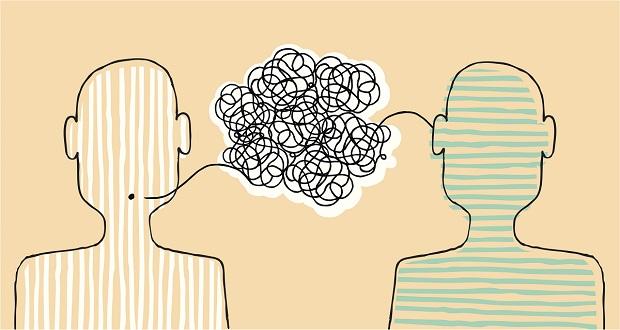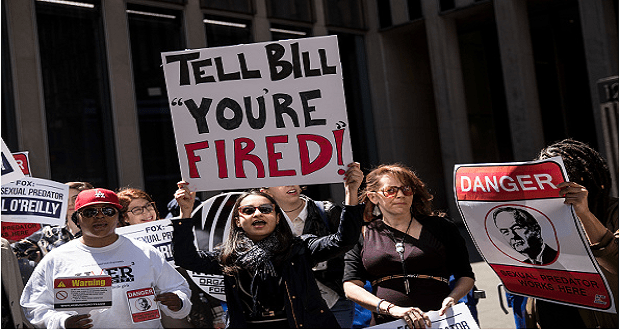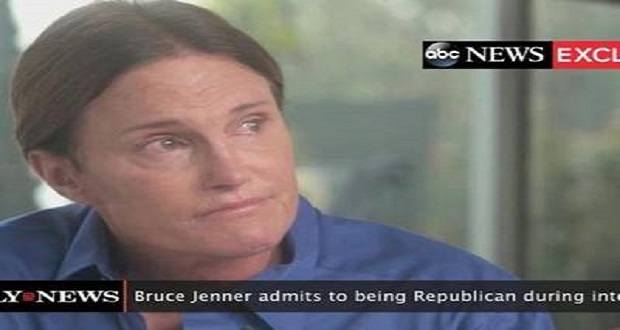
This summer, Netflix released the second season of its popular original series “Dear White People”, and with it came a YouTube series tackling some of the deeper concepts behind the show called “What Had Happened Was”. I recently ran across an episode of this series that I found particularly thought provoking in which the creator and cast of the show sat down to discuss the concept of “Code Switching”. The conversation focused on black people’s experiences with code switching and how they use this skill as a survival tactic to navigate everyday life. Though this conversation was focused around black experiences, many other identity groups experience a similar struggle of adapting to environments in which they are not part of the dominant social identity group in one way or another.
Code switching is defined as “the practice of alternating between two or more languages or varieties of language in conversation”, but the practice encompasses much more than just this behavioral and linguistic shift. Code switching is the holistic process of assessing a situation and presenting ourselves in the way that we deem most appropriate for the given context. These adaptations include body language, gestures, tone, etc.
But why do we code switch? Why do we feel a need to present ourselves in a way that is not completely true to self? Feeling the need to code switch seems, in large part, to come from learned experiences. Logan Browning (lead actress in “Dear White People”) mentioned during the conversation that “Code switching isn’t just trying to fit into something you’re not. Sometimes it’s trying to fit into what some people perceive you as.”
In either case, it’s interesting that the focus is on filling a perceived appropriate role rather than presenting as our most authentic selves. In both scenarios, the individual code switching is trying to minimize or emphasize a part of themselves that aligns with a perception, flawed or otherwise, of the social identity group that they belong to, even when it may not be true to who they are as individuals. This process can easily become exhausting to navigate, yet many of us do this every day out of necessity.
Justin Simien (creator of “Dear White People”) noted in reference to black experiences of code switching that “You don’t get to figure out who your authentic self is as soon as others do… because there aren’t as many safe spaces to do that.”
Imagine having to consistently live inauthentically in your everyday life. People have a fundamental need to feel included. If an inauthentic version of yourself is the one being included, what message does that send about your true self?
Imagine having to consistently live inauthentically in your everyday life. People have a fundamental need to feel included. If an inauthentic version of yourself is the one being included, what message does that send about your… Click To TweetWhen an environment is truly inclusive, there should be no need to code switch. We can communicate in different ways with different people when authentically building bridges across cultures, but when we begin changing our communication patterns to avoid or directly counteract others’ stereotyped assumptions about who we are, code switching becomes a survival tactic. We mask or alter our behaviors to avoid negative feedback.
I leave you with a question that we should all ask ourselves constantly: How are you living inclusively? Are you aiding in creating an environment in which individuals you interact with feel comfortable expressing their authentic selves? Do they feel the need to hide or emphasize a part of their identity to avoid your biases? Let’s start examining our interactions and biases today.
How are you living inclusively? Are you aiding in creating an environment in which individuals you interact with feel comfortable expressing their authentic selves? Do they feel the need to hide or emphasize a part of their… Click To TweetCheck out the episode of “What Had Happened Was” below and let us know what you learned.


















